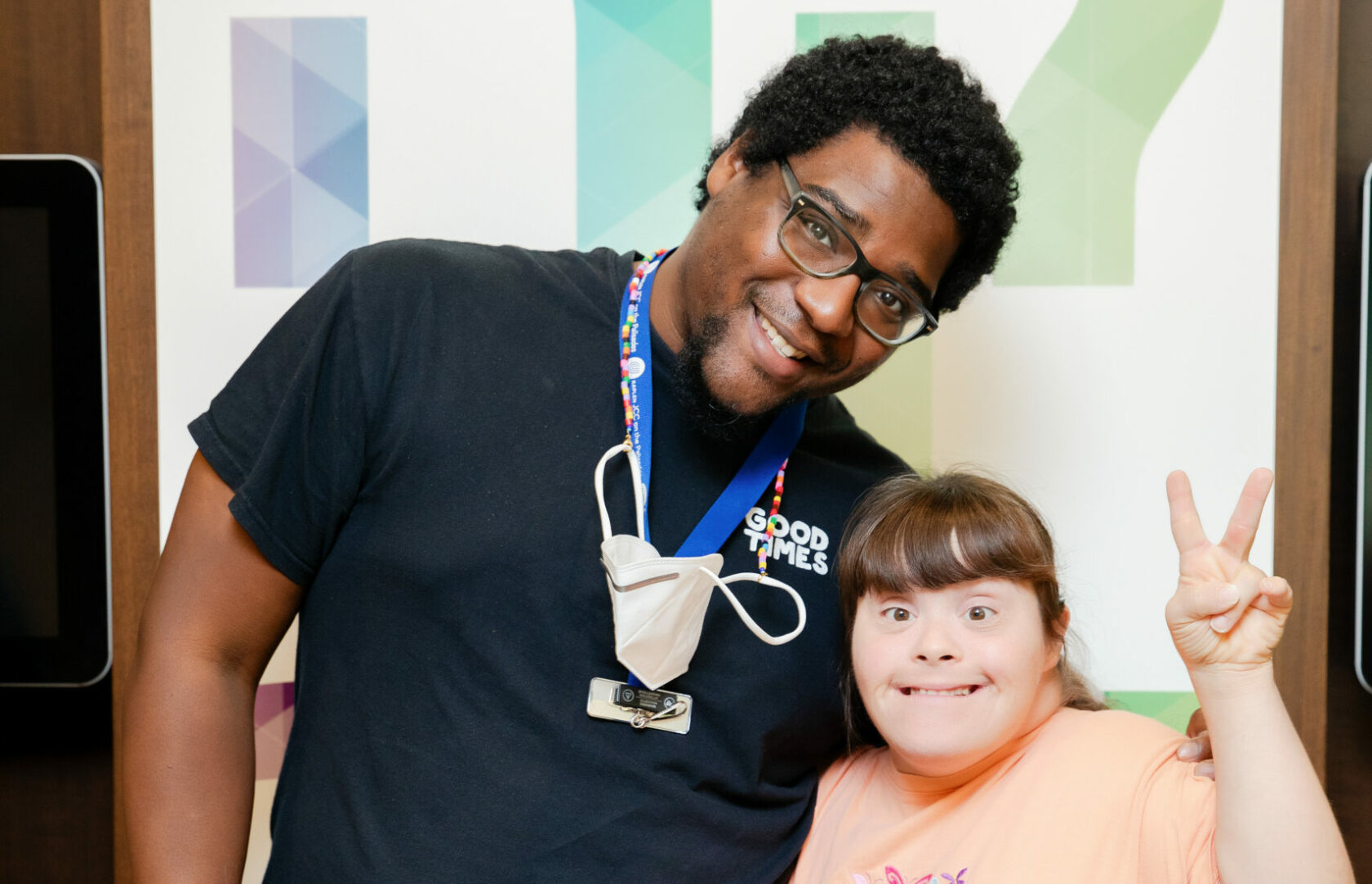Getting Ready for Summer Break: How to Prepare for a Smooth Transition

Summertime brings lots of fun times with family and friends. It also marks the end of the school year and the beginning of a nine-week adventure until school begins again. For some children this transition and change can be overwhelming and even “scary.”
Helping a child prepare for a transition of this kind provides valuable life lessons. The more children can predict and participate in their schedules and activities, the more successful their transitions will be, so taking the time to teach and explain “what they should expect next,” is a great first step in ensuring a positive and rewarding experience for all.
Below are some ideas and suggestions to help “ease the transition” process for you and your child(ren), as you get ready for summer break:
Preview and Count Down:
Use a refrigerator calendar notated with the days, dates and pictures that can serve as positive reinforcement for successful transition. Marking off each day of the calendar together helps reinforce the passage of time will allow your child to anticipate and count the days leading up to their change in schedule.
Create and Maintain Routines and Structure:
Routines provide structure and consistency for children, so make sure to maintain them as a critically important component in preparing for summer break. Set times for waking up, breakfast, getting ready for the day’s activities, winding down at the end of the day, and bedtime. If children know what to expect during the day, they will transition more successfully through their activities. Just remember to always include choice time and free play as well.
Create and Use Visual Schedules:
Schedules create a sense of consistency and predictability. When children know the sequence of activities across the day, transitions are often easier to make. Many children need support to focus and remember their activities, as well as the sequence of their daily schedule. Some benefit from a written schedule while others benefit from a pictorial one. Visual schedules can be particularly helpful in reinforcing a child’s plans for the day.
Use Transition Objects and Words:
Some children like the security of having a familiar object to help them through transition times. Have your child pick out a special toy or object to transition with to see if it makes the process easier for them. Also consider using transitional words such as “first, second, next and last” as verbal cues and reminders about the beginning and end of activities.
Build in Choices Throughout the Day:
Find opportunities to allow your children to make choices about what they want to do as you plan a schedule. This will provide them with a sense of autonomy, teaches positive decision making skills, and can also serve as a positive behavioral reward for making smooth transitions.
Keep Activities Handy:
Keep your child’s favorite activities ready and on-hand –things like art supplies, board games, books and puzzles that can be easily accessed to help “fill in” wait time during transitions. These things can also serve as positive reinforcement for a “transition time well done.”
Give Your Child a Job:
Give children appropriate responsibilities and “jobs.” Children are more cooperative when they feel they are a part of a process or have a role in something. So have your child help with dinner by stirring a dish or helping to set the table. And then add on by having him/her help plant flowers in the yard or take care of the family pet.
Sing Songs As You Transition:
Children love to listen to music and sing songs, so try introducing singing as an auditory cue for both the beginning and end of an activity. Musical instruments such as bells make great auditory cues for transition.
Praise Kids for a Job Well Done
As you go through the day, it is important to acknowledge children for a doing a good job, which assists in smooth transitions. For some, a tangible reward can be used; for others, verbal praise or a “high five” might be all it takes. This recognition is quite successful in reinforcing a child’s ability to move from one activity to the next in good spirits and a feeling of accomplishment.
Be Consistent
An old adage states: “You need to say what you mean and mean what you say.” The enormous truth of this statement really comes to light when we are helping children learn how to make smooth transitions. Children seek consistency, structure, routine and predictability, especially when learning how to deal with change and transition. Being consistent in your words and deeds is sure to help them learn.
The more children can both predict and participate in their activities, the smoother their transitions will be. By using the tips and suggestions provided here, we hope your children will not only make more successful transitions that get easier with time and repetition, but that they will find their daily routines a joyful and positive experience. Smooth transitions will also increase the quality of time you spend together and there’s nothing better than that.

Written by Shelley Levy, Director, Guttenberg Center for Special Services. Shelly has over thirty years of professional experience working with children, teens and adults with special needs. Bringing a wealth of innovation and expertise to the JCC, she has designed unique curriculum design and developed a wide range of programming for people in our community with “special abilities.”


